Eileen Gray's renovated E-1027 villa reopens in Côte d'Azur
Eileen Gray's iconic residence, E-1027, completes extensive renovation and throws open its doors in France's Côte d'Azur
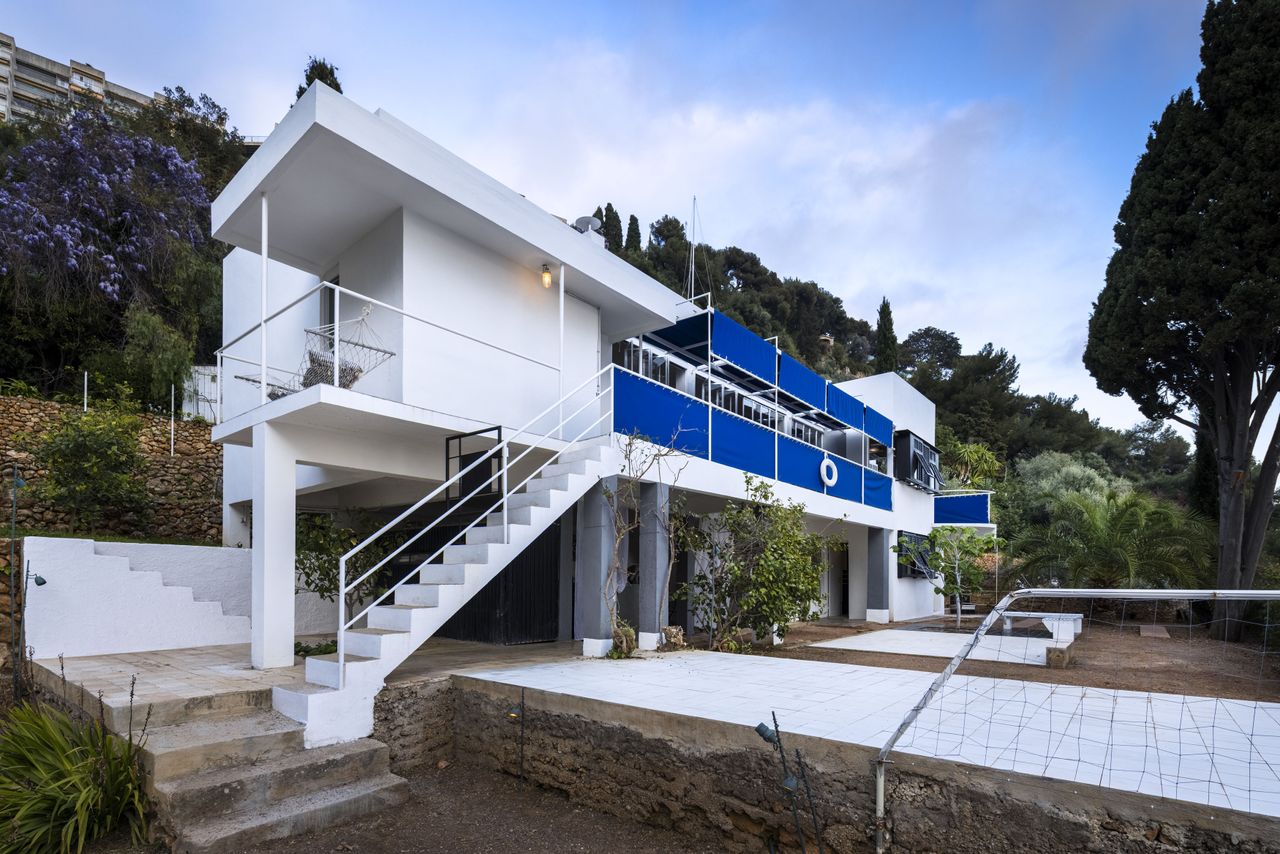
Villa E-1027 in Roquebrune-Cap-Martin on the French Riviera, an emblem of modernist architecture by Eileen Gray, has just reopened its doors following extensive restoration works. The two-storey house, which was completed in 1929, is a testimony to the vision, flair and expertise of the Irish furniture designer and architect. Contributing to its uniqueness are the sweeping views over the Bay of Monaco, which influenced the site’s nautical references, from the iconic Transat lounger, based on the classic ocean-liner deckchair, to the blue-hued rugs and the balcony with its azure canvas awnings.
The villa is further defined by a sense of personal attachment and artistic conflict. The most symbolic is its name, E-1027 (to be pronounced ‘e-ten-two-seven'). ‘E' stands for ‘Eileen', followed by ‘10' for ‘J' (representing ‘Jean'), then ‘2' for ‘B' (‘Badovici') and finally ‘7' for the ‘G' in ‘Gray'. Jean Badovici was a Romanian architect, Gray's then-partner and the owner of the villa. According to Gray, he collaborated with her on the site’s general plan.
In the late 1930s, several years after she had left the house, Le Corbusier came and stayed there on Badovici’s invitation and started to paint some of its walls. Upon discovering his mainly primary-coloured murals, which contrast Gray’s subtle palette, she proclaimed that he had ‘defaced' her work. After the passing of Badovici, the house was sold to new owners and in the next years it went through a series of dramas, including the selling of its furniture, being taken over by squatters and even a murder. The emptied and damaged property was left derelict in the 1980s.
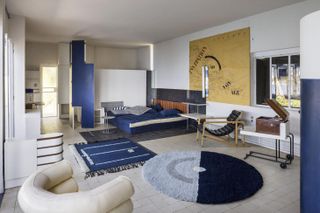
In 2004, a coalition of cultural organizations in the region launched a painstaking renovation of the house’s structure, which was made of reinforced concrete, hollow brick and rubble stone. Ten years later, the Cap Moderne association was founded in order to restore the legacy of both Gray and Le Corbusier on site in its entirety – including art, architecture, furniture and fittings.
According to president Michael Likierman, the filming of ‘The Price of Desire', an Irish movie by Mary McGuckian on the relationship of Gray and Le Corbusier, triggered a surge in demand and research around Gray’s pieces, from built-in and free-standing furniture to rugs and lamps. The house's previous abandoned state led to her original work being dispersed to private collectors and museums all around the world, and when the time came to implement the restoration, it was not realistic to try to buy everything back. Her Dragons armchair (1917-1919), for example, sold for an astronomical amount – 21,905,000 € - at the auction of Yves Saint Laurent and Pierre Bergé's collection at Christie’s in 2009. It was decided to make careful replicas instead.
Apart from the originals by Gray, many of which were preserved and accessible through museums, there was an array of resources available that offered detail to help with the reproductions. They included photographs, drawings and notes by the architect herself, which were published in French magazine l’Architecture Vivante, which was edited at the time by Badovici.

Now, each piece, including her Bibendum and Nonconformist armchairs and the E-1027 table, has been reproduced faithfully to the original design, materials and finishes, built by the finest artisans. A letter box, originally created by Gray through the adaptation of a simple leather case, was fabricated by Hermes’ craftsman. The silk and cotton tweed-like curtain fabric was woven especially according to the 1920s specifications by Ute Huber-Leierer of the University of Vienna. Porcelain electric switches were manufactured in Limoges; celluloid lines the shelves; and polished aluminium – a source of freshness, according to Gray – is used to clad the bathtub front panel, reflecting the light.
All the modular or transformable details, such as foldable tables and rotating drawers, make this amazingly well-organized 120 sq m vacation house, a fascinating, dynamic piece of architecture. Adjustable lamps go up and down. The wooden shutters slide on a rail. The Satellite mirror piece interacts with views of the outdoors.
Ingenious, yet playful and elegant, such touches revive the sense of the warmth and intimacy that Gray favoured over cold functionalism. ‘I like the balance, pureness and precision of Gray’s work. And we can tell that her design is in rapport with human beings,' says Likerman. For her it was important that E-1027's owner and their guests felt comfortable, free and independent in every corner of the villa. With this renovation, Eileen Gray’s human approach and spirit has come back to life, 45 years from her death.
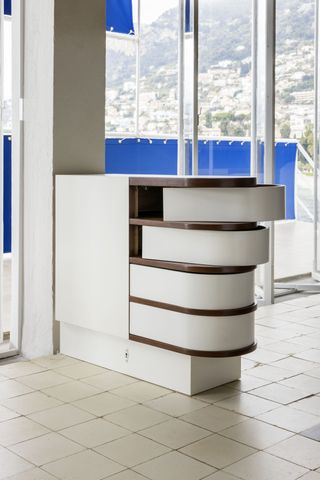
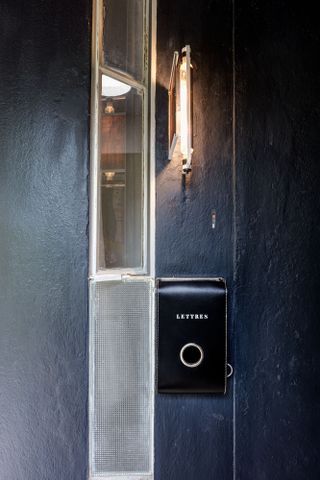

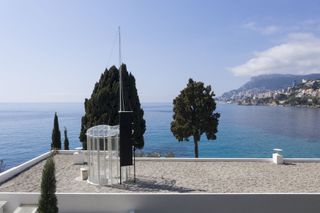
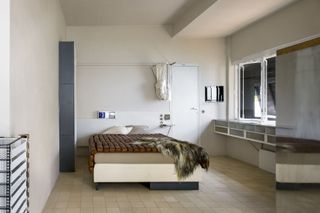
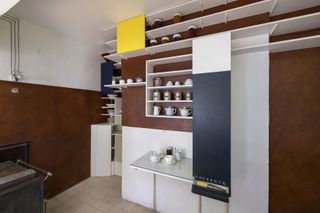
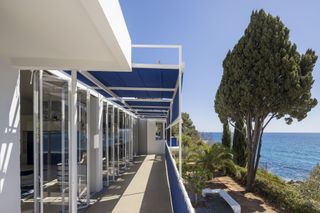
INFORMATION
capmoderne.com
Wallpaper* Newsletter
Receive our daily digest of inspiration, escapism and design stories from around the world direct to your inbox.
Minako Norimatsu is a Japanese journalist and consultant based in Paris. Extremely curious about everything creative, her field ranges from fashion to art, dance, hospitality and travel. She has interviewed many Japanese fashion designers and artists for Wallpaper*, as well as non-Japanese creatives whose inspirations are drawn from Japan.
- Manuel Bougot - PhotographyPhotography
-
 Rétromobile revisits some of the icons of car design, along with their modern descendants
Rétromobile revisits some of the icons of car design, along with their modern descendantsWe tour the halls of Rétromobile Paris 2025 and take in remastered automotive classics, futuristic record-breakers and mighty monographs
By Jonathan Bell Published
-
 Designer Danny Kaplan’s Manhattan showroom is also his apartment: the live-work space reimagined
Designer Danny Kaplan’s Manhattan showroom is also his apartment: the live-work space reimaginedDanny Kaplan’s Manhattan apartment is an extension of his new showroom, itself laid out like a home; he invites us in, including a first look at his private quarters
By Diana Budds Published
-
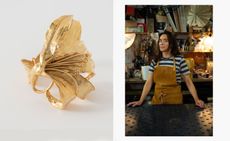 Ulla Johnson’s collaboration with artist Julie Hamisky on the A/W 2025 runway is blooming lovely
Ulla Johnson’s collaboration with artist Julie Hamisky on the A/W 2025 runway is blooming lovelyUlla Johnson and French artist Julie Hamisky have created 12 new jewellery pieces for the designer's A/W 2025 runway
By Hannah Silver Published
-
 Meet Minnette de Silva, the trailblazing Sri Lankan modernist architect
Meet Minnette de Silva, the trailblazing Sri Lankan modernist architectSri Lankan architect Minnette de Silva is celebrated in a new book by author Anooradha Iyer Siddiq, who looks into the modernist's work at the intersection of ecology, heritage and craftsmanship
By Léa Teuscher Published
-
 Palm Springs Modernism Week 2025: let the desert architecture party begin
Palm Springs Modernism Week 2025: let the desert architecture party beginPalm Springs Modernism Week 2025 launches on 13 February, marking the popular annual desert event’s 20th anniversary, celebrated this year through more midcentury marvels than ever
By Carole Dixon Published
-
 Paris’ architecturally fascinating Villejuif-Gustave Roussy metro station is now open
Paris’ architecturally fascinating Villejuif-Gustave Roussy metro station is now openVillejuif-Gustave Roussy is part of the new Grand Paris Express, a transport network that will raise the architectural profile of the Paris suburbs
By Anna Solomon Published
-
 Inside Bell Labs, the modernist vision behind Severance's minimalist setting
Inside Bell Labs, the modernist vision behind Severance's minimalist settingWe explore the history of Bell Labs - now known as Bell Works - the modernist Eero Saarinen-designed facility in New Jersey, which inspired the dystopian minimalist setting of 'Severance'
By Jonathan Bell Published
-
 We zoom in on Ontario Place, Toronto’s lake-defying 1971 modernist showpiece
We zoom in on Ontario Place, Toronto’s lake-defying 1971 modernist showpieceWe look back at Ontario Place, Toronto’s striking 1971 showpiece and modernist marvel with an uncertain future
By Dave LeBlanc Published
-
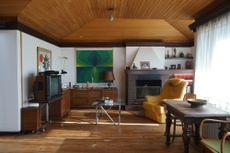 Tour 21 lesser-known modernist houses in Europe
Tour 21 lesser-known modernist houses in EuropeTake a tour of some of Europe's lesser-known modernist houses; architectural writer and curator Adam Štěch leads the way, discussing the 20th-century movement's diversity under a single vision
By Adam Štěch Published
-
 Frank Lloyd Wright’s Weisblat House, a Usonian modernist Michigan gem, could be yours
Frank Lloyd Wright’s Weisblat House, a Usonian modernist Michigan gem, could be yoursFrank Lloyd Wright’s Weisblat House in Michigan is on the market – a chance to peek inside the heritage modernist home in the countryside
By Audrey Henderson Published
-
 The case of the Ontario Science Centre: a 20th-century architecture classic facing an uncertain future
The case of the Ontario Science Centre: a 20th-century architecture classic facing an uncertain futureThe Ontario Science Centre by Raymond Moriyama is in danger; we look at the legacy and predicament of this 20th-century Toronto gem
By Dave LeBlanc Published